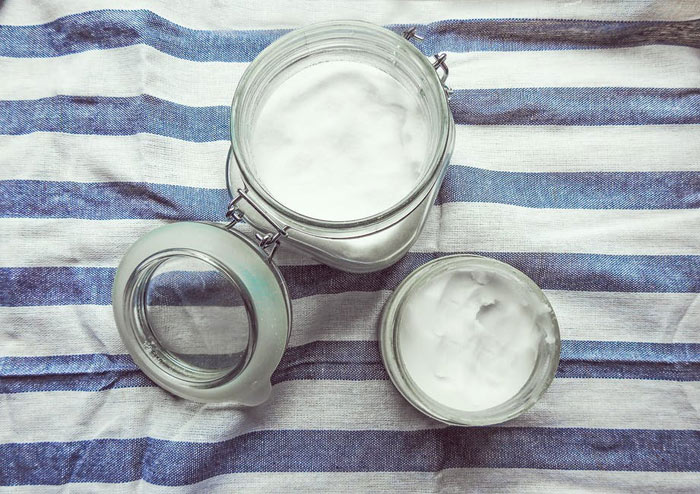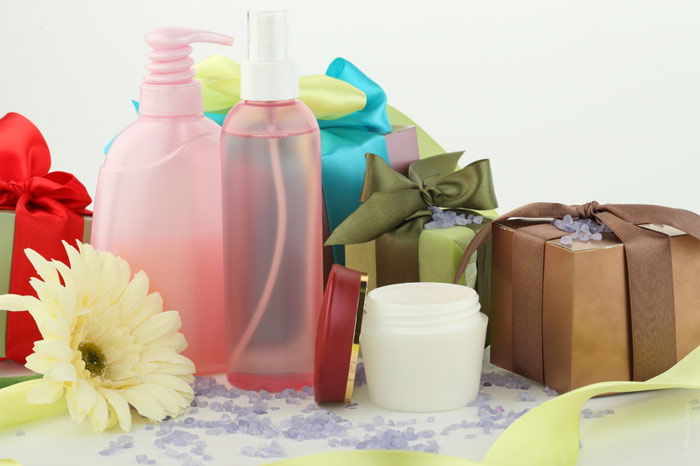In winter, the skin of the face suffers the most: outdoors, we are bitten by severe frosts, and indoors, we suffer from the dry air in the room. Geniusbeauty.com’s editors have figured out how to keep your skin beautiful and healthy in the cold season.
 Choose the right cleansing
Choose the right cleansing
If you really need frequent washing with water, then at least wash your face with the water at room temperature (22-25 degrees Celsius), since hot or cold water dries the skin and exerts the vessels even more. Winter skin care may include cleansing the face with micellar water for dry skin or hydrophilic oil for oily and problem skin.
Your daily skin care regimen in winter should be as gentle as possible. Alkaline cleansers should be avoided, as they make the skin pH level more alkaline and therefore more vulnerable to bacteria. To cleanse skin, you should also use products for makeup removal that do not need to be washed off with water, such as milk that is applied and removed from the face with a cotton pad. Next, wipe your face with an alcohol-free tonic.
Do not use scrubs, gommages or peels without the need or when they are not prescribed by the beautician. The point is that dead horny scales prevent the evaporation of water from the stratum corneum. In addition, frequent cleansing violates the lipid balance, which leads to an increase in the permeability of the skin, making it more susceptible to external influences: snow, frost, and humidity.
Visit the beautician
The previous rule does not apply to anti-aging treatments, such as peeling. Winter is the best time for them, since the solar activity during this period is the lowest, and therefore the risk of pigment spots is reduced to zero. Yet, the skin must be completely healthy for these procedures.
Get ready before going out
The skin should always be dry, especially before going out. Dry your skin well after washing with water, as it may crack due to water evaporation. This applies primarily to the corners of the mouth and the skin between the fingers. Apply protective lip balms to your lips and special creams to protect your hands from frost.
It is desirable to apply protective cream fitting the type of skin. This must be done 3 hours or at least an hour before going out. It is undesirable to use water-based moisturizers before going out, as water freezes in the cold, which will damage the cells of the stratum corneum. It is also undesirable to use creams with hyaluronic acid, as it holds water on the surface of the epidermis.

In the morning, as mentioned above, protective creams should be applied, and in the evening, you must select the cream according to your skin type and problem. Moisturizing and nourishing serums should preferably be applied under the cream.
In winter, skin also needs hydration and nourishment. Face masks should be applied 2-3 times a week: the best time is in the evening not to go out after that. You can use cream masks that do not need to be washed off with water: the excess is simply removed with a napkin, and then the usual cream is applied.
Choose the right products
In winter, the skin becomes most defenseless and prone to drying and frostbites. Therefore, in the cold season, a protective cream should be applied. Winter creams are different in composition and properties from summer options, whose main task is to moisturize the skin. The main task of the winter skin care cream is to protect the skin from hypothermia. There are winter protective creams for face and body care, as well as hand cream.
It is good if a cream contains ceramides: they fill the space between the surface cells of the stratum corneum, which reduces moisture evaporation, and silicone is used for this purpose in many cosmetic skin care products in winter. The film created by silicone protects skin from frost, overcooling, and the evaporation of water.

The best winter face cream should be based on oil or fat. Such creams restore the lipid balance of the epidermis, creating a protective film on the skin surface, increase the elasticity and softness of the skin, and contribute to the retention of moisture. The skin gets nourished and hydrated. It is preferable to use the following oils with a moisturizing effect: primrose, black currant, apricot, avocado, almond, grape seed, cocoa, and karite.
Not the cream alone
Moisten the air in the room, since heating dries the skin strongly. Do not sit under the air conditioners and do not warm the hands and face near a heater: it makes the skin very dry. In winter, the skin requires protection from inside. Include in your diet the products that improve the skin and contain vitamins E, A, C and Omega-3: fish, green vegetables, fresh fruits, nuts and oils. Limit alcohol, green tea, and coffee. Drink as much plain water as possible: at least 6 glasses a day.

Winter skin care must necessarily contain venotonics in the form of creams or ointments. Use drugs that strengthen the walls of blood vessels, especially if you have rosacea or telangiectasia, since temperature fluctuations exert a greater load on the walls of blood vessels.
Do not forget to care for your body
In winter, paraffin baths for hands and feet should be applied: these procedures will help to warm up, improve well-being and mood. Besides, after their use pains in joints and muscles will decrease. Paraffin procedures can be carried out even at home, all you need is a paraffin dish and paraffin wax.
Body care in winter should be aimed at protecting the skin from frost. Body lotions should be more dense and nutritious. It is good if they contain oils: shea butter or cocoa are our favorites.










